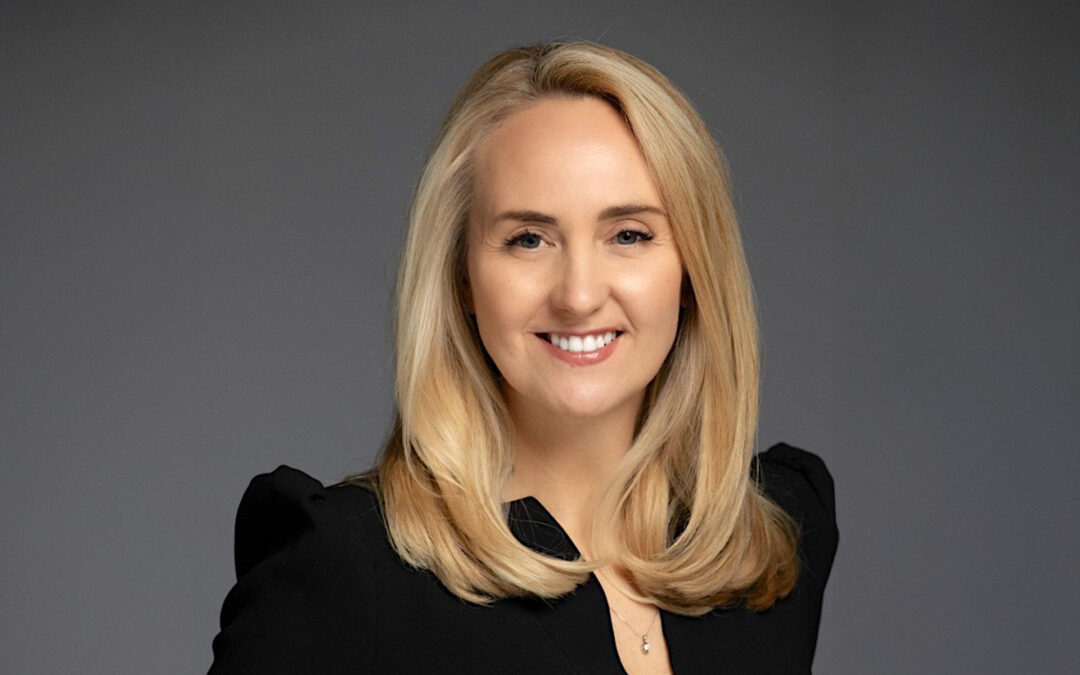With inflation easing and the United States Federal Reserve pondering when to lower interest rates, the nation is in a “critical moment,” waiting to see what will happen next, National Retail Federation Chief Economist Jack Kleinhenz said as part of the NRF Monthly Economic Review.
As it has over the past two years, the Fed must balance maintaining high interest rates to reduce inflation with the risk that keeping rates too high for too long and causing a recession. The NRF economic review reported year-over-year gross domestic product growth dropped from 3.4% in the fourth quarter of 2023 to 1.4% in the 2024 first quarter, its lowest point since the spring of 2022. Slower consumer activity contributed to the deceleration, which was a goal of elevated interest rates.
Year-over-year inflation as measured by the Personal Consumption Expenditures Price Index, a metric preferred by the Fed, dropped from 3.4% in the first quarter to 2.6% in May, the report noted. Most inflation came in the services sector, which was up 3.9% in May, while prices for goods slipped 0.1%, the review indicated.
Disposable personal income advanced 3.7% year over year in May, while personal consumption increased 5.1% and the savings rate rose to 3.9%, its highest level in four months, according to NRF. The labor market “continues to display resilience” and has driven income growth ahead of inflation, Kleinhenz said. Employment rebounded sharply in May, adding 272,000 jobs following a 165,000-job increase in April. Average monthly job gains through May were 248,000, just less than the 2023 average of 251,000.
“Today, we’re waiting once again,” Kleinhenz said in reference to a point in 2017 when economists were waiting to see if fast economic growth and low unemployment would cause an increase in inflation. “Much like 2017, the economy is going strong, and the labor market is still relatively tight. But this time we’re waiting for inflation to come down, and we’re also waiting for the Federal Reserve to decide on when to lower interest rates.”
Kleinhenz added, “The Fed likely welcomed data that showed household income, spending and saving were all healthy in May, demonstrating that the economy is growing at a slower-but-steady pace. The U.S. economy looks resilient enough for the Fed to wait and has afforded the Fed time to do so.”





